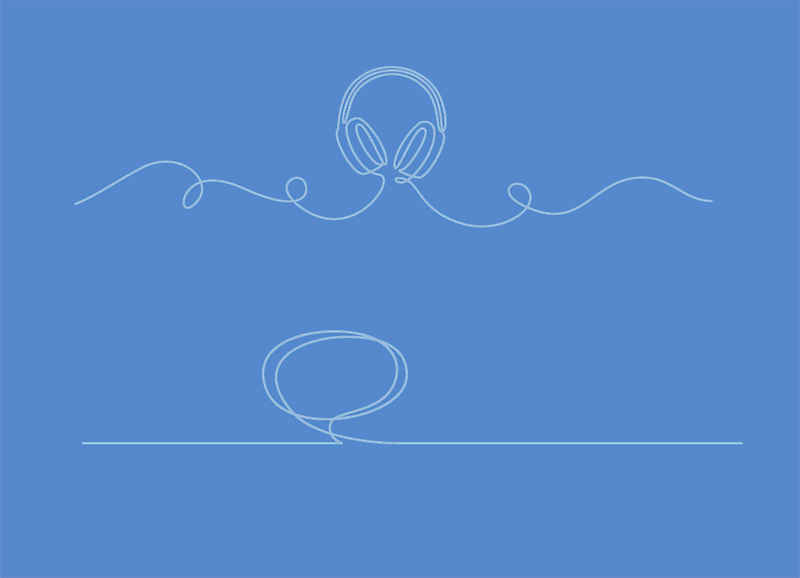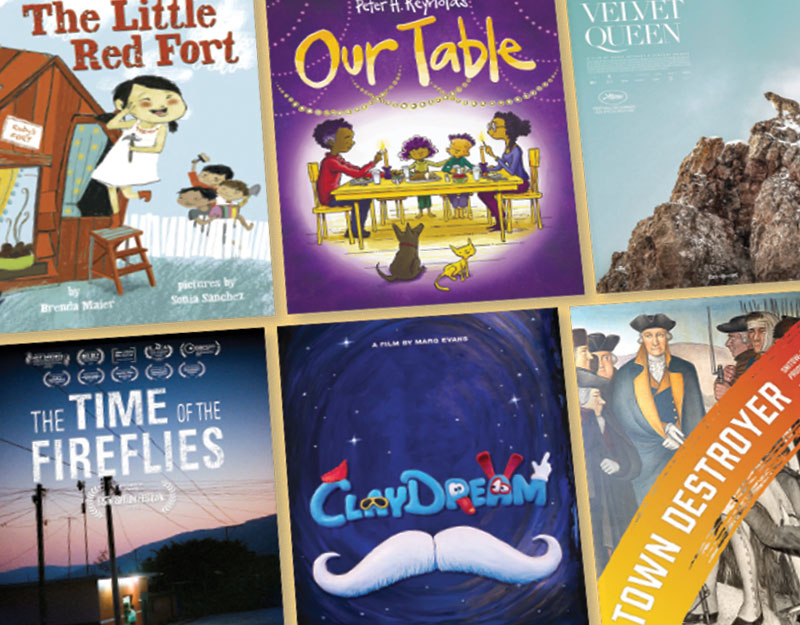Review of the Day: Minders of Make-Believe by Leonard Marcus

This is a review certainly, but it is also a look at how librarians fit within Marcus’s take on the publishing industry, past and present. When you are aware of your own personal worldview, it makes sense to interpret the books that fall into your lap with that view at the forefront of your mind. FYI.
Beware setting yourself up as a guardian of the moral and cultural growth of children, for lo thou shalt be kicked in the rear historically as a result. As a children’s librarian there’s a wide swath of literature out there that looks at literature for kids from a historical perspective. Librarians, as it happens, are often very good at writing books about the things that they love. If they happen to love titles for the short set (and whatever you do, don’t call it kid lit!) so be it. And thus it has been and thus it would continue to be if it weren’t for other scholars in the field like Leonard Marcus. Mr. Marcus has, in a sense, made a career out of filling in the gaps that librarians have left in the field. Examinations of the Little Golden Books as with his book, Golden Legacy: How Golden Books Won Children’s Hearts, Changed Publishing Forever, and Became An American Icon Along the Way or the collected letters of editor Ursula Nordstrom in Dear Genius. And so I find myself in a mighty odd position as I read his newest title, Minders of Make-Believe. I cannot help but recognize that children’s librarianship as it exists today has changed significantly since the days of Anne Carroll Moore and Frances Clark Sayers. That said Marcus’s book, a brilliant piece and required reading for anyone in the field, sometimes proves a bitter pill for someone like me to swallow. Dishing up the dirt and setting the record straight, it’s best for librarians like myself to learn from our illustrious past and find a way to continue to set literary standards so that we can avoid becoming an arbitrary footnote in collections like this particular one.
ADVERTISEMENT
ADVERTISEMENT
The history of America and the history of children’s books begin at practically the same point. Charting the growth of the American publishing industry and the very notion of the children’s book as object, Minders tackles the didacticism of early efforts alongside the literary growth on the business side of the equation. Marcus charts the shift from America’s reliance on British children’s fare to its love affair with homegrown authors and illustrators. Familiar names begin to appear, and familiar authors as well. Drawing upon the input of librarians, booksellers, publishers, authors, illustrators, and really anyone with a finger in the children’s publication pie, Minders of Make-Believe is the most compelling story imaginable, if your heart lies with the birth of American children’s picture book creation.
Marcus’s readability is his forte. I’m no academic, and authors that write convoluted sentences for the sake of the sentences themselves bother me. There is nothing that Leonard Marcus writes, however, that does not belong in this book. His smallest statements kick home his messages. “Even timeless books . . . are books of their time.” “Not all children’s books are children’s literature…” On top of that, he’s pulling out constant surprises. Things that I should have known but didn’t appeared like little delicious jewels in the book. The first children’s book to feature child protagonists? James Janeway’s, A Token For Children. Mother Goose’s “early British rivals”? They included Gammer Gurton, Tom Thumb, and Nurse Lovechild. Librarians, booksellers, and publishers alike will be intrigued to learn that advance copies of books were not sent to reviewers in the days of May Massee, but were secured on loan instead. My previous belief that the Caldecott Medal was almost named the Brooke Medal after L. Leslie Brooke turned out to merely be a case of Anne Carroll Moore just throwing a wrench in the award committee’s works for kicks. Who knew that there was a controversy surrounding Garth Williams’s soft and sweet The Rabbits’ Wedding because it involved the marriage of a white rabbit to a black rabbit? Or, on a different lapin note, that the ad campaign for was “ Pat the BunnyFor Whom the Bell Tolls is magnificent – but it hasn’t any bunny in it.” And the book is just jam-packed with names so delectable and delicious that an author in search of character names would have an abundance to choose from. Monikers like Algernon Swinburne, Melancthon Montgomery Hurd, Oliver Optic, and so on.
Marcus does an excellent job of winnowing down great swaths of information to suit his themes and talking points. A good historian can mention a detail or fact and make you want to know more and more. For example, I was intrigued by the frequency of the Quakers and their role in early American printing. It would be off-topic for Marcus to comment on this fact, but that won’t stop me from seeking more information out regarding their role. Ditto the seeming lack of interest in discussing Scholastic books when so many other publishers have their histories neatly laid out for all to see. What was their story? Of course, looking at history in this fashion really does give you the sense that what goes around comes around. To my mind (and this is probably due much in part to my own relative newness to the field) we are currently having a kind of children’s literature renaissance. Looking back to 1871, however, and you run across similar cries of joy from writers like Bret Harte reporting that, “The idea of pleasing children by writing down to their suppositious level and flavoring the work with bland imbecility, has also exploded.” Clearly Mr. Harte could not have predicted the rise of the celebrity picture book.
Marcus also draws connections between seemingly disparate events, weaving them together brilliantly. Who else would have noticed that the first Caldecott Medal was handed out mere days from the publication of the very first “Action Comics”? That old bugaboo of librarians, the comic book, appearing on the eve of their best-known illustration award? Gives me downright shivers, it does.
What should be noted here is that Marcus does not confine his attentions to the “quality” publishers. He loves his Little Golden Books and pays particular attention to things like the “Big Little Books” of the Depression. Best of all, though the role of minorities in the publishing industry was not as prevalent as that of whites, Marcus still takes note of the contributions of such people as W.E.B. Dubois and Jessie Redmon Fauset with their publications like The Brownies’ Book (a title I knew about already thanks to Eleanor Tate’s novel, Celeste’s Harlem Renaissance). He discusses the rise of the Coretta Scott King Award and even the birth of companies like Just Us Books and Lee and Low.
None of this is to say that Marcus doesn’t insert his own very particular point of views into the narrative from time to time. For example, woes betide you if you were clever in the Roaring Twenties. Discussing the 1933 Pulitzer Prize given to Frederick Jackson turner for his writings about the frontier days, Marcus notes, “Urbane 1920s intellectuals and writers had had little more than a patronizing smirk for America’s buckskin-clad forebears: what a difference a depression made.” Ow! The statement is not without merit (if you’ve ever read Dorothy Parker’s hilarious and cruel review of a Winnie-the-Pooh title then you’ll know what he means) but the bite is deep.
ADVERTISEMENT
ADVERTISEMENT
I noted that while librarians appear in this title frequently, they are primarily seen in a historical sense. Come to the final chapter in the book, “Suits and Wizards at the Millennium’s Gate”, and it is not surprising that the most prominent mention of this occupation is the explanation that the 1996 purge at Random House was due in part to the fact that, “the department no longer needed to cater to the needs of libraries and schools.” Oh, they’re mentioned in terms of Harry Potter and censorship issues, but long gone are the influential players in the field. We have no Anne Carroll Moore to rally behind. The big names aren’t as nationally known, though I think it a temporary lull.
It is a bit unfortunate that librarians are at their most interesting when they dislike something. The problem with being a self-diagnosed arbitrator of culture (in this case of children’s literature) is that you have to believe that standards do not change. But librarians have changed with the times, a fact not addressed in this book. Certainly librarians are discovering the beauty and allure of the internet with surprising results. Suddenly they are creating blogs, starting websites, and offering advice to vast numbers of people. We should take heed of Marcus’s book and use it to learn about how others see us and how we can continue to stay true to the profession without sacrificing our taste for standards and superior quality. You take many things away from this book, but that is how I see it.
In the chapter “Change and More Change” Marcus comments on the frequency of the people who work in publishing to switch from publishing company to publishing company. We live now in, “a culture marked by a loosening of the bonds of employee loyalty to a given house; by an increased tendency for employees, including senior editors, to change houses at least once during their professional lives; and, as a consequence of this more fluid situation, by a loss of institutional memory.” We have let Marcus remember for us, and if he remembers it one way rather than another, who are we to object? This is necessary reading for anyone and everyone involved in children’s books with an eye to where we’ve been and where we’re going.
On shelves now.
- The New York Times (and a critical review of that review by Justine Larbalestier)
- L.A. Times
- St. Petersburg Times
- The New York Sun
- The Washington Post
Other Reviews: Bookslut
Personal Note: Having learned from this book that Anne Carroll Moore’s column was called “The Three Owls” because one bird symbolized the writer, one the illustrator, and one the critic I am heartbroken that I didn’t know this sooner. Some enterprising librarian soul would do very very well if they were so clever as to name their children’s literary review blog “The Fourth Owl”. And since I work in the Central Children’s Room where Anne Carroll Moore laid the foundations of our collection, I clearly missed the boat on this one.
Filed under: Reviews
About Betsy Bird
Betsy Bird is currently the Collection Development Manager of the Evanston Public Library system and a former Materials Specialist for New York Public Library. She has served on Newbery, written for Horn Book, and has done other lovely little things that she'd love to tell you about but that she's sure you'd find more interesting to hear of in person. Her opinions are her own and do not reflect those of EPL, SLJ, or any of the other acronyms you might be able to name. Follow her on Twitter: @fuseeight.
ADVERTISEMENT
ADVERTISEMENT
SLJ Blog Network
Zachariah OHora on PBS
Kagurabachi, vol. 1 | Review
The Seven Bills That Will Safeguard the Future of School Librarianship
Cindy Crushes Programming: Anime Club, by Teen Librarian Cindy Shutts
Gayle Forman Visits The Yarn!
ADVERTISEMENT








Unless Dorothy Sayers also reviewed Pooh badly, I think you mean Dorothy Parker.
Pipped me to the post. I noticed that, too. It was Dorothy Parker who wrote of Pooh, “Tonstant weader fwoed up.” Her column was called Constant Reader.
JaneY
Bets, You are THE BIrd! No worries. The bird is the sacred animal of the mythological Indian goddess, Saraswati, who gives power to all the arts and sciences. She plays a musical instrument and holds the book of both wisdom (heart) and knowledge (mind). ALL librarians are Saraswatis. So are artists, musicians, poets, actors and scientists.
Lenny, thanks for writing the history of our industry. This is needed. I go away to teach and many new editors do not know about my authors, the GREAT timers of this business.
Some of my GREAT timer authors tell me they feel neglected and not shown respect. Here we are in a business about words and history and we neglect our own. Not good signs of the times, peoples.
Ha! Sayers v. Parker. Unless Lord Peter Wimsey was doing the review, y’all are most certainly correct. To the change . . .